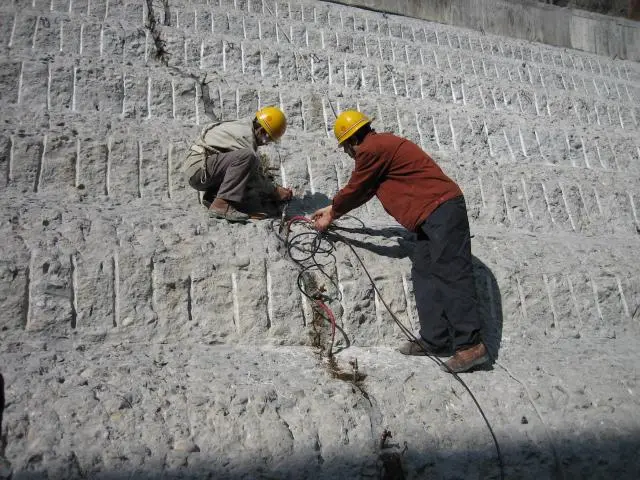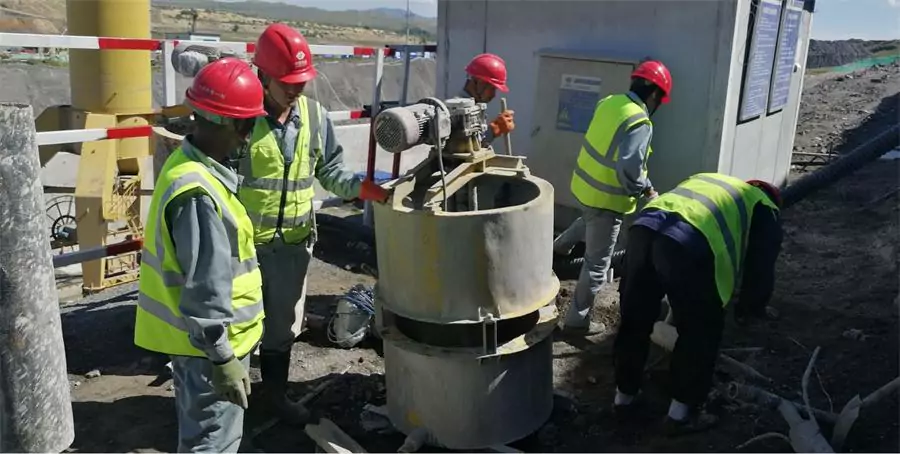Dam reconstruction

Why need to use micro fine cement for Hydropower dam or repair
Hydropower dams are important sources of renewable energy that can help reduce greenhouse gas emissions and provide electricity to millions of people. However, dams also face various challenges such as aging, cracking, erosion, and leakage that can compromise their structural integrity and performance. Therefore, repairing hydropower dams is essential to ensure their safety, efficiency, and durability.
One of the methods used to repair hydropower dams is microfine cement grouting. microfine cement is a type of cement with a very small particle size, usually between 3 and 10 micrometers. It has several advantages over conventional cement grouts for filling cracks and voids in concrete structures. Some of these advantages are:

* High penetration ability, which means it can flow into very fine cracks and pores that are difficult to reach by other grouts. This can improve the bond strength and sealing effect of the grout.
* Low water-to-cement ratio, which means it requires less water to achieve a fluid consistency. This can reduce the risk of bleeding, segregation, and shrinkage of the grout, as well as the amount of water that needs to be pumped out of the dam.
* High compressive strength and durability, which means it can resist external loads and environmental factors such as temperature changes, chemical attacks, and freeze-thaw cycles. This can enhance the mechanical properties and service life of the dam.


The process of using microfine cement grouting for repairing hydropower dams involves several steps:
- First, the cracks and voids in the dam are identified and mapped using various techniques such as visual inspection, acoustic emission, microsonic testing, or dye penetration.
- Second, the cracks and voids are cleaned and prepared for grouting by removing loose materials, debris, water, oil, or other contaminants that may affect the grout injection or adhesion.
- Third, the microfine cement grout is mixed and pumped into the cracks and voids using suitable equipment such as mixers, pumps, hoses, packers, valves, and gauges. The grout injection is controlled by adjusting the pressure, flow rate, volume, and direction of the grout according to the size and location of the cracks and voids.
- Fourth, the microfine cement grout is allowed to set and harden in the cracks and voids. The setting time depends on factors such as the type and amount of additives used in the grout, the temperature and humidity of the environment, and the degree of hydration of the cement.
- Fifth, the excess grout is removed from the surface of the dam by methods such as washing, scraping, or grinding. The quality of the grouting is evaluated by methods such as visual inspection, core sampling, or pressure testing.
Using microfine cement grouting for repairing hydropower dams is a cost-effective and environmentally friendly technique that can improve the performance and extend the lifespan of these vital structures. However, it also requires careful planning and execution by qualified engineers and technicians who have adequate knowledge and experience in this field.

